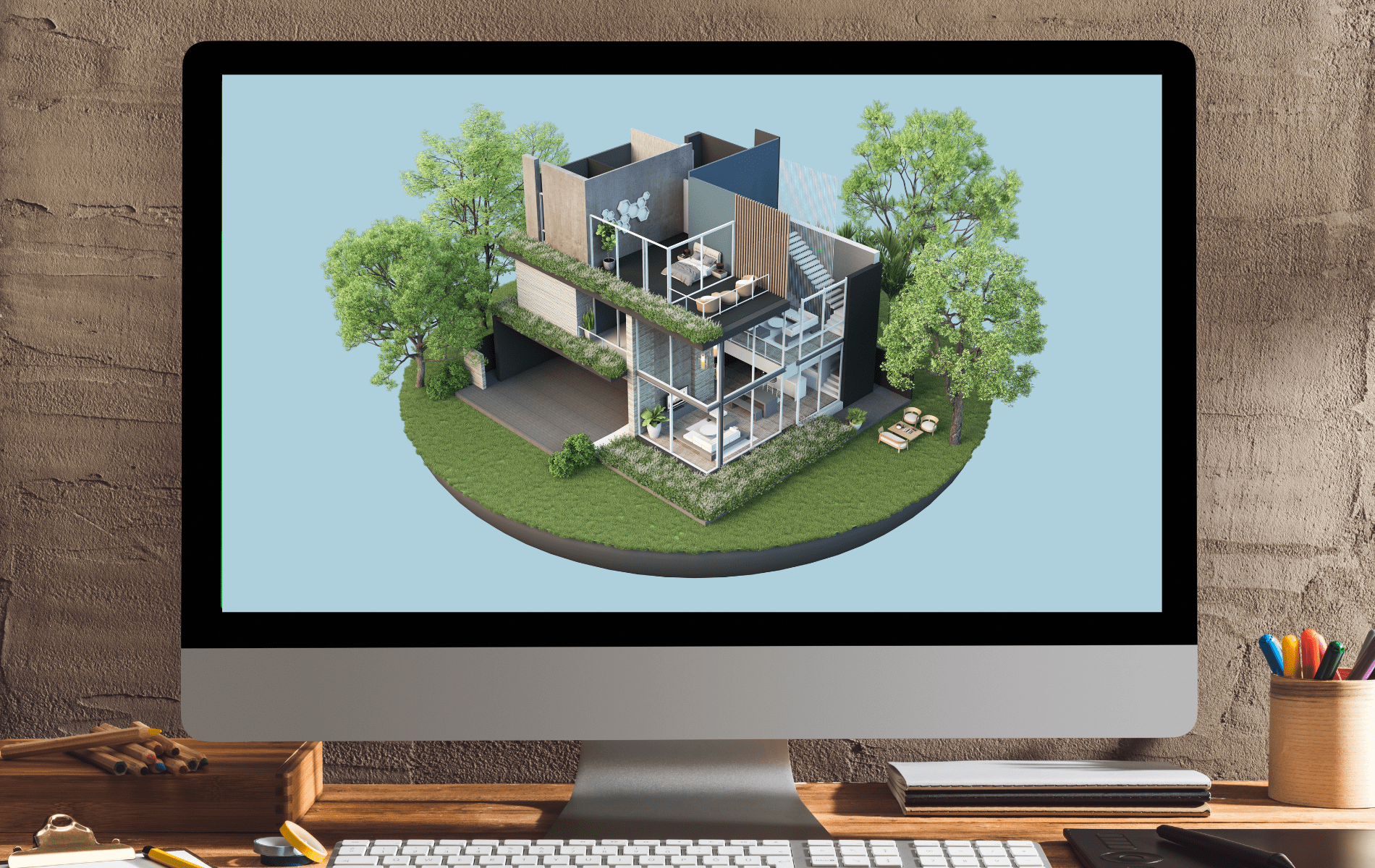
The Impact of 3D Virtual Models on Architecture
- Yissel Álvarez
- February 20, 2024
- 3D Design
- 0 Comments
In the dynamic realm of architectural design, the advent of 3D virtual models has ushered in a transformative era, redefining the way architects conceptualise, present, and execute their projects. These digital representations offer an immersive and captivating experience, empowering clients to envisage projects with unparalleled precision and completeness.
In this discourse, we delve into the manifold functions and advantages of 3D virtual models in architecture:
Read this article: How to Make a 360 Virtual Tour for Real Estate: A Step-by-Step Tutorial
Functions of 3D Virtual Models:
- Project Visualisation: 3D virtual models allow clients to virtually ‘step into’ the project, exploring it from every conceivable angle, akin to being physically present. This feature proves invaluable, particularly for complex or large-scale projects.
- Effective Communication: Serving as a conduit for effective communication, 3D virtual models facilitate seamless interaction between architects and clients. Clients can visualise projects with precision, articulating their ideas and feedback more effectively.
- Error Detection: These models play a pivotal role in early-stage error detection, identifying design or construction flaws before they escalate into major issues, thereby streamlining the project workflow.
- Project Presentation: As an exemplary tool for project presentations, 3D virtual models captivate audiences, be it clients, investors, or regulatory bodies. They offer an innovative and compelling showcase, pivotal in securing requisite approvals.
- Project Analysis: Leveraging 3D virtual models enables comprehensive project analysis encompassing aspects such as lighting, ventilation, acoustics, and accessibility.
Advantages of 3D Virtual Models:
- Enhanced Precision: 3D virtual models offer a level of precision unparalleled by traditional models or blueprints, facilitating a more accurate portrayal of the final project.
- Time and Cost Savings: By preventing the need for physical models, 3D virtual models translate into significant time and cost savings, optimising project resources.
- Enhanced Flexibility: These models can be easily modified, facilitating design alterations sans the necessity of constructing a new physical model.
- Global Accessibility: With seamless online sharing capabilities, 3D virtual models transcend geographical barriers, enabling clients worldwide to access projects from any internet-enabled device.
3D virtual models stand as a potent tool poised to revolutionise the architectural design and construction landscape.
For architects, harnessing the potential of 3D virtual models confers a competitive edge. This innovative technology not only distinguishes practitioners in the market but also serves as a magnet for new clients, augmenting overall client satisfaction.
By integrating 3D virtual models into your architectural projects, you can offer clients an immersive, captivating, and precise experience, thereby positioning yourself for success in the competitive architectural landscape.
If you need assistance with your architectural project and require visualization services, please feel free to contact us for further information.



